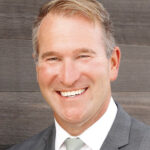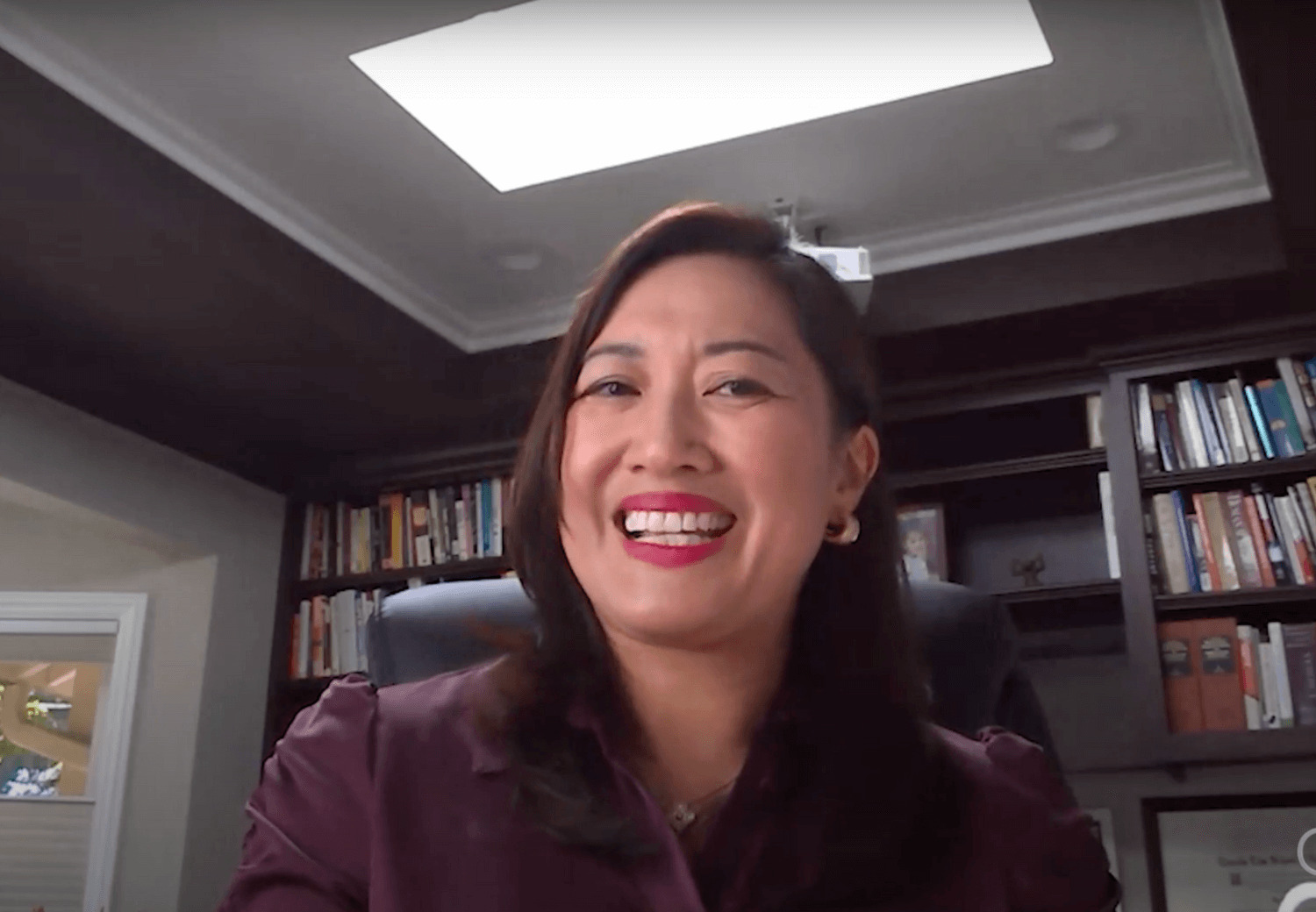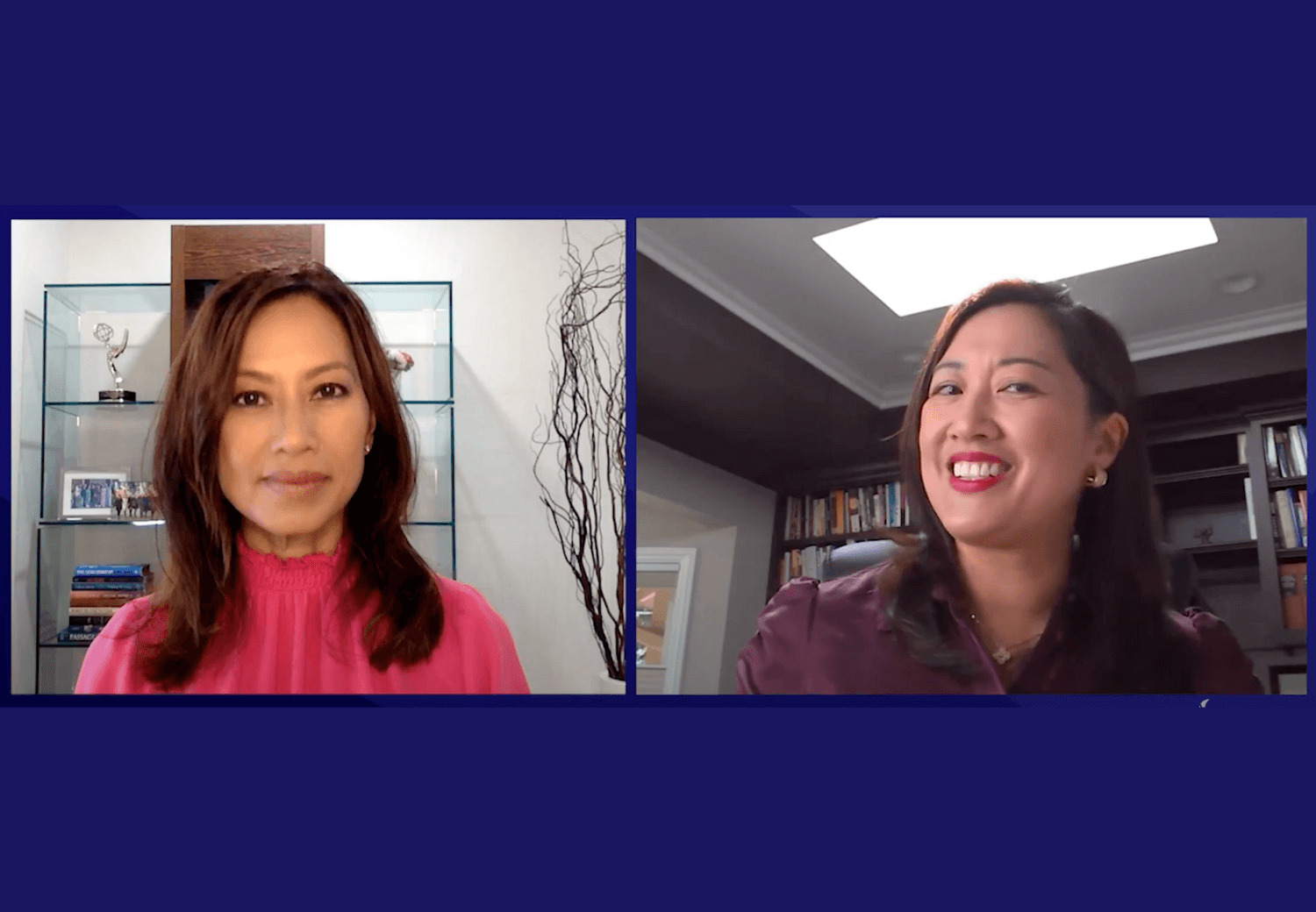Summary:
How have leadership frameworks changed over the years? Todd looks back at generational shifts in leadership, breaking down the evolution of vulnerability and the human element of leadership.
Thuy
I love the word 'change' and you use it a lot as well, and I'm wondering, how is leadership changing as we move into the future?

Todd Sears
Well, I think leadership has always changed, right? If you look at every decade, there is a new sort of framework of leadership from command and control of the 50s and 60s all the way through to agile leadership now as, I think, one of the key frameworks, and empathetic leadership which is why I chose two of those. I do think that leaders have the opportunity to also just show vulnerability, and I think that is something that we are seeing a whole lot more now where 10 years ago, 15 years ago, you expected a CEO, for example, to always have the answer, right? That's it, someone who is leading a multinational 300,000-person organization to have the answer to every question, and I'll use Noel Quinn as an example, so Noel is the global CEO of HSBC, he sits on our leaderships board, he's been a huge supporter of me in the organization for many, many years, and Noel actually shared with me his leadership style which is despite the fact that he does lead a 300,000-person organization, he treats his leadership as if he were making a decision based off of a small 10-person unit and he approaches every problem in that way, so if he were managing just 10 people, how would he decide this question? What would he do? And he applies that to the entire organization, and one of the ways that he does that is to be vulnerable. He says, "I don't know all the answers. You can't expect me to know all the answers, but more importantly, that's why I have you, my team, my leaders, my organization to help me," and that takes a really brave leader to say that you don't know the answers and that you do want to help and you do want the input, and if you look at what Gen Z and Millennials are expecting of their companies, that's exactly what they want. They want the opportunity to have an odyssey to make change, to feel like they're making an impact in the world through what they do on a day-to-day basis in their companies. I think leaders who understand that can create that vulnerability and that accessibility that really is guiding a lot of the smarter companies right now. So, I do think that the leadership style has changed, if you look at one of the benefits of this pandemic and the virtual world is that it has created, it's removed, if you will, a whole screen in terms of access and accessibility, so you have CEOs who are doing Zoom calls for earnings from their homes and their kids walk through the background.
Thuy
Yeah, it's a great equalizer, right?

Todd Sears
That's exactly right, it's a great equalizer, and you would not have seen that several years ago, right? People are very focused on making sure that your image is perfect and that everything is perfect, and it humanizes people, and I think that's a huge difference and a huge shift. I think that's going to be something that we're going to see for a long time to come.
Related Posts

You Can’t Please Everyone
Vy Tran learned a tough lesson as a first-time manager – you can’t please everyone. Having to “drive accountability” while also being a self-described “people pleaser” required Vy to dig deep and re-think how she communicates with her team.

Failing Forward
Failing forward is an essential skill not just at work but in life. For Vy Tran, learning from her mistakes has made her a more effective and influential leader.

